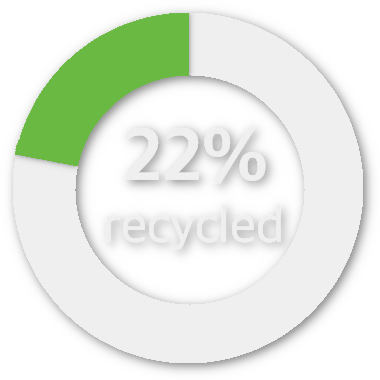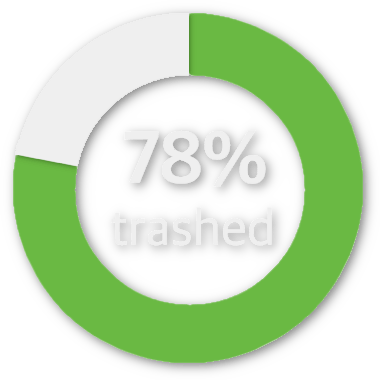E-waste is the Toxic Legacy of our Digital Age
Our waste electronics are polluting drinking water and harming ecosystems around the world. It’s time to fix the problem.

80% wasted
Only 20% of our e-waste is collected globally, while most of our e-waste ends up in landfills—both at home and in the developing world—where toxic metals leach into the environment.

30% lost
Even when recycled, a significant amount of electronic material cannot be recovered.
We need to make the products we already have last longer.

We're throwing away
literally tons of electronics because people don’t know how to fix them.

At the same time…
millions of people who need a cell phone go without.

There aren’t enough recyclers
in the world, especially in developing countries, to handle all the electronics we’re throwing away.

If we fix things instead,
we'd create skilled jobs and give poor communities around the world access to low-cost technology.

We make a lot of e-waste.
When electronics end up in landfills, toxics like lead, mercury, and cadmium leach into the soil and water.
The electronic waste problem is huge: More than 48 million tons of e-waste are produced every year. If you put every blue whale alive today on one side of a scale and one year of US e-waste (6.9 million tons) on the other, the e-waste would be heavier.

What do we do with piles and piles of discarded electronics?



E-waste is global.
Some e-waste is shipped overseas, where it is burned for scrap by kids in junkyards. We visited a scrapyard in Accra, Ghana and met some really good kids in a bad situation. They didn’t know how toxic their job really is.
Even so, encouraging a global market for used electronics does more good than harm:
- Repaired electronics give people access to low-cost electronics and help them access the awesome benefits of technology
- Used electronics create repair jobs in developing countries that often have few opportunities for skilled labor
- Reuse in developing countries is usually more effective than domestic recycling—there’s not much of a market for old cathode ray tube monitors in the US, for example, but they are reused in other countries.
Global consumption of electronics is increasing. Every year we create more e-waste than before. At least 50% of Africa’s e-waste comes from within the continent. China discards 750 million electronic devices a year.
We create too much e-waste and reuse way too little.

It’s time to fix the e-waste problem.
We need more e-waste repair and refurbishment, worldwide. We need to take a page from the book of expert repairers in developing countries. We need to stop throwing away computers that could be fixed with a 25-cent part.
What’s stopping us? Bad repair manuals are a big factor. Every gadget is different. The harder it is to figure out the problem, the more likely someone is to give up and decide to replace the machine instead.
Fixing and reusing what we’ve already got just makes sense.
Recycling should come only after we’ve gotten every bit of use out of a product.
Take Action
Know how to fix something? Teach the world. Help us write the free repair manual for every thing.
Take the Repair Pledge and promise to fix the things you own. Every thing you repair is one less piece of trash added to the waste stream.
Got a stash of broken stuff in your garage? Donate a device to iFixit's Technical Writing Project so students from all over the country can make repair guides.

